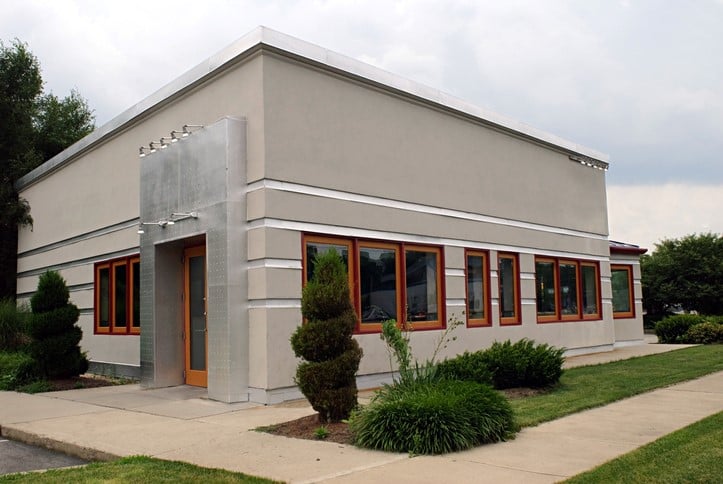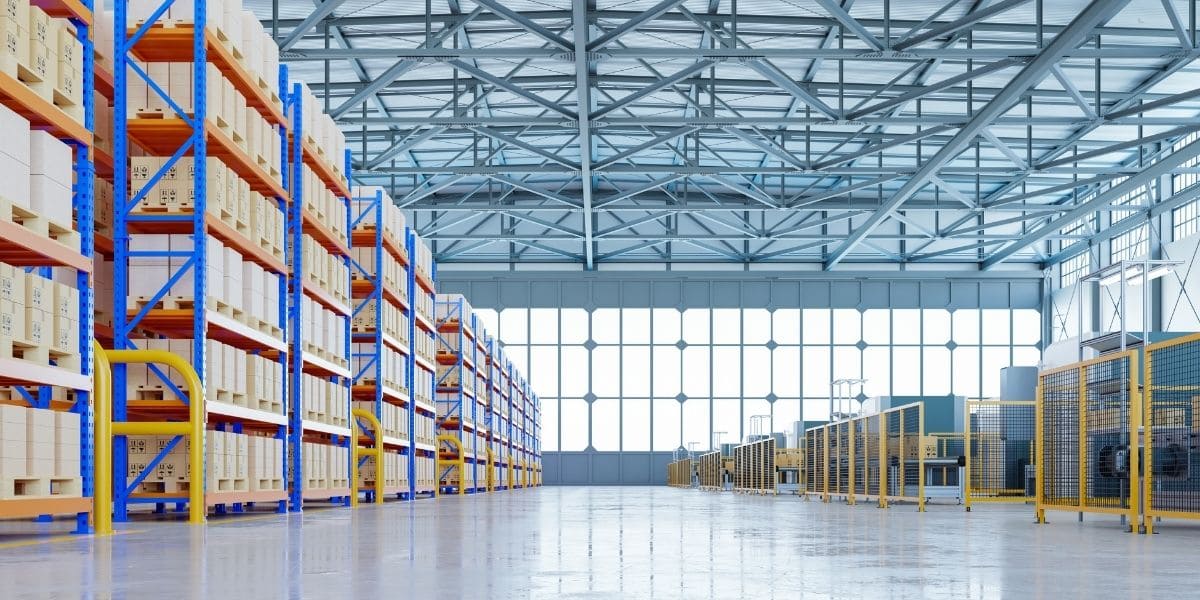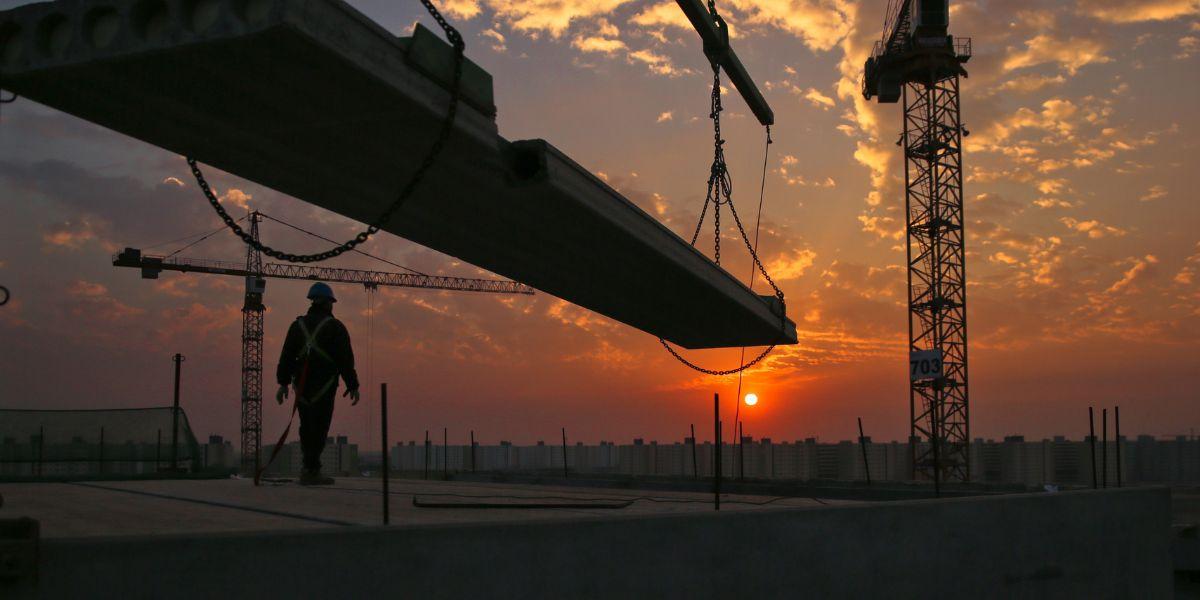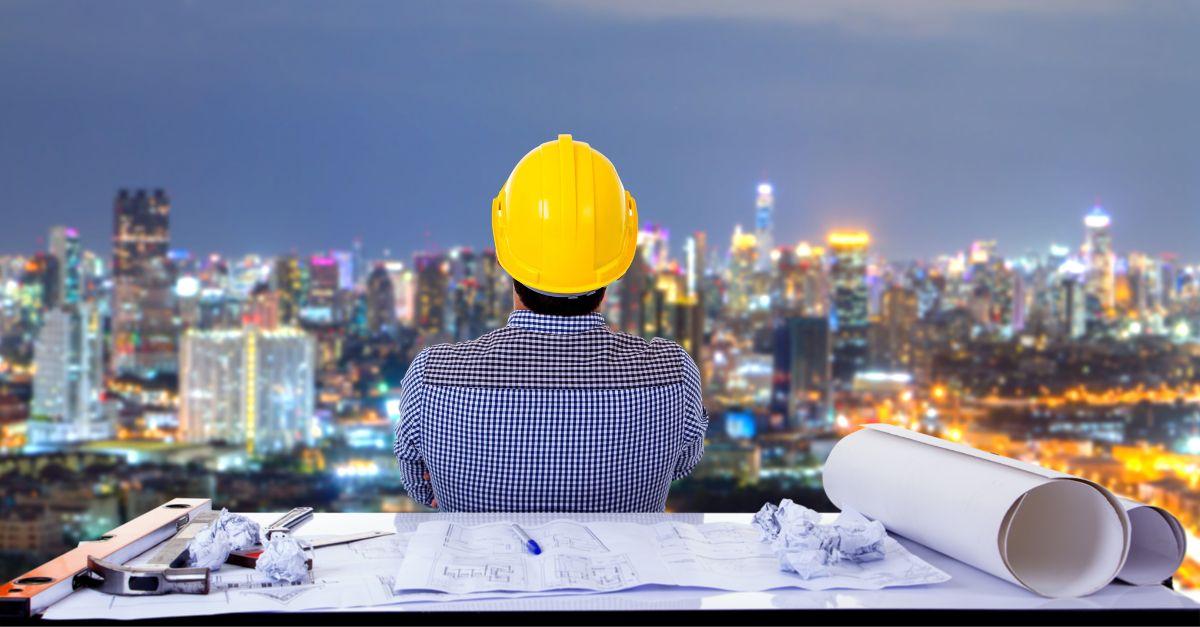Key Takeaways:
- Constructing an aircraft hangar involves several crucial considerations, including the size for accommodating different aircraft types and future needs, the door system for efficient operation, and clear span options for optimizing space and flexibility.
- Safety measures, such as fire safety protocols, secure storage, aircraft movement, chemical safety, and ergonomic design, ensure a safe, productive, and comfortable environment in aircraft hangars.
- Partnering with a full-service company like CDMG for your hangar construction project offers significant advantages, including years of industry experience, cost-effective steel construction, cutting-edge BIM 3D software, and a comprehensive service model covering design, management, and construction.
Aircraft hangars are more than just gigantic garages for planes; they are complex structures that require intricate planning and design. Every detail counts when designing these colossal marvels – from accommodating the wingspan of various aircraft to implementing state-of-the-art door systems.
But what are the key design considerations for aircraft hangars that make the difference between a functional shelter and an efficient, safe, and adaptable aviation hub? Below we’ll unravel these essential elements, offering you invaluable insights into constructing an aircraft hangar that truly soars above the rest.
Strap in as we take off into the world of hangar design!
Table Of Contents
A Brief History Of Aircraft Hangar Design
The history of aircraft hangars is as fascinating as aviation, taking its roots from surprising sources. The first steel aircraft hangar design from the 1920s wasn’t an elaborate architectural plan but based on a simple cattle pen design.
However, the idea of a building specifically designed to accommodate aircraft existed even before that design. The Wright brothers, pioneers of aviation, used a simple, hangar-style wooden shed to shelter their groundbreaking aircraft “Kitty Hawk” on Kill Devil Hills as early as 1902-1903.
As aviation advanced, so did the design of aircraft hangars. One of the earliest commercial airlines, Qantas, constructed its first hangar in 1921, marking the beginning of an era of rapid development in hangar design.
Today, T-hangars and box hangars are among the most common types of aircraft hangars. Box hangars can house multiple aircraft and are often heated, offering ample space for maintenance and repair.
T-hangars, also known as “nested hangars,” are designed with individual spaces for each airplane arranged in a row. This unique configuration maximizes space utilization and reflects the ongoing advancements in aircraft hangar design to meet the dynamic needs of aviation.
Now let’s dive into the crucial elements to consider in modern aircraft hangar design, ensuring these structures continue to meet the rigorous demands of the aviation industry.
Key Design Considerations for Aircraft Hangars
Designing an aircraft hangar is a complex process that demands a nuanced understanding of multiple variables. From selecting the appropriate size to account for varying aircraft dimensions to choosing the right door systems for seamless operation, each decision plays a pivotal role in defining the functionality and safety of the hangar.
One significant aspect of hangar design is understanding clear span options. A clear span design can maximize the usable space within the hangar, providing flexibility for diverse aircraft accommodation and easy maneuvering.
Another critical component in the hangar design process is integrating appropriate safety measures. Considering the substantial investment that each aircraft represents, not to mention the human lives involved, these safety protocols are not just essential—they are absolutely paramount.
These design considerations are integral to creating an aircraft hangar that houses aircraft and facilitates efficient, safe, and streamlined aviation operations.
Size Considerations for Aircraft Hangar Design
The aircraft hangar size is one of the most critical design considerations. This factor can significantly influence the hangar’s usability, versatility, and capacity for aircraft storage.
In deciding on the square footage of the hangar, you must carefully assess the size and type of aircraft you need it to accommodate. Is your design intended to house a compact private jet, or does it need to cater to larger commercial aircraft or even military aircraft?
The hangar should offer sufficient floor space for the aircraft, allowing for easy maneuverability in and out of the hangar. The space must also account for essential maintenance work and equipment storage. Remember to include adequate space for tools, spare parts, and any other aviation-related gear when considering storage space.
Some aircraft hangars even need room for office space.
You should also remember to factor in potential future needs as you plan the hangar’s size. As aviation technology is perpetually evolving, your hangar design might need to adapt to accommodate bigger or more technologically advanced aircraft in the future. Larger hangars may offer this flexibility, preventing additional costs and time-consuming modifications in the future.
Door Systems for Aircraft Hangars
Choosing the right door system is crucial to the overall building design and functionality of airplane hangars. This decision impacts the hangar’s structural requirements and its ease of use and maintenance needs.
Here are three popular door systems and their unique features aircraft owners should consider:
- Hydraulic Swinging Doors: Hydraulic swinging hangar doors provide flexibility in hangar design, allowing for either increased headspace or a lower initial build height. This versatility can be an asset when dealing with varying aircraft sizes or hangar locations. It’s important to be cautious when dealing with hydraulic swinging doors as they can behave like a giant sail. This means that they need to be designed and handled carefully. Though their upkeep requirements are relatively simple, it’s essential to consider them when estimating the hangar’s operational costs in the long run.
- Bi-fold Doors: Known for their convenience and motorized operation, bi-fold doors are popular in many modern hangar designs. However, these doors require a taller hangar than necessary to clear the aircraft. This height requirement may affect construction costs and should be considered early in the design process.
- Bottom Rolling Doors: These are heavy-duty door systems known for their robust construction and low maintenance. Their durability makes them ideal for larger hangars dealing with high-usage conditions. However, these doors have their own design requirements: their weight means that rails must be set in footings, and the heavy loads can be prone to jams on the rails, which could disrupt hangar operations.
Clear Span Options In Aircraft Hangar Design
When optimizing an aircraft hangar’s usability, one vital consideration is the implementation of clear span designs. A clear-span hangar doesn’t have internal supporting columns, providing unobstructed floor space for aircraft storage and maintenance activities.
The benefits of a clear span design are manifold. Firstly, it offers maximum use of floor space, accommodating larger aircraft and facilitating easier maneuvering within the hangar. Secondly, eliminating interior columns reduces potential hazards and obstructions to moving aircraft and ground service equipment.
While clear-span designs can typically accommodate larger aircraft and multiple smaller ones, it’s crucial to consider your specific needs and budget. These hangars often come with a higher price tag due to the increased structural requirements to support the roof without interior columns.
When deciding between a clear-span or multi-span hangar, consider the types of aircraft you expect to house, the activities you plan to conduct inside the hangar (e.g., maintenance, repairs), and the longevity of your investment. These factors will help guide your decision in favor of a design that ensures operational efficiency, safety, and economic viability.
Safety Measures in Aircraft Hangar Design
Last but certainly not least is safety. Safety should always be at the forefront when designing an aircraft hangar. Given the substantial investment represented by aircraft and the importance of human lives in aviation operations, ensuring safety protocols are integral to hangar design is crucial.
Firstly, the hangar design should prioritize fire safety. Installing advanced code-driven fire suppression systems, adequate ventilation, and proper storage facilities for flammable materials can significantly reduce the risk of fire incidents.
Hangar design should also account for secure storage and movement of aircraft. This entails clear markings for designated zones, implementation of anti-skid surfaces, adequate lighting, and easily accessible emergency exits.
Chemical safety is another important consideration. Hangars often house hazardous materials such as fuels, lubricants, and cleaning agents. Proper storage facilities and clear material handling protocols can prevent accidents and maintain a safe working environment.
Lastly, hangars should incorporate ergonomic design to reduce worker fatigue and injury for the maintenance crew and other employees/workers. This might include adequate space for movement, appropriate working heights for maintenance tasks, and provision for rest areas.
Why Choose CDMG for Your Aircraft Hangar Needs?
Constructing an aircraft hangar requires thoughtful consideration of numerous design aspects, including size, door systems, clear span options, and stringent safety measures. To effectively navigate these complexities and ensure a successful project, a seasoned and reliable partner like CDMG can make all the difference.
Our team of metal building experts has years of experience in the industry. We specialize in cost-effective and durable steel construction, utilizing cutting-edge BIM 3D software. Our comprehensive service model covers everything from design to management and construction for any building type.
With CDMG, you’re not just building a hangar; you’re investing in a solution that brings value, durability, and confidence to your aviation infrastructure. Ready to bring your aircraft hangar vision to life? Contact CDMG today, and let’s get started on your project.
![]()









